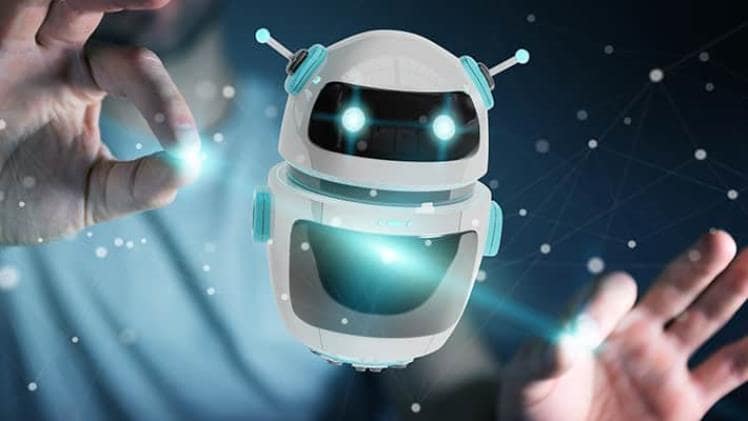There are several different types of bots. Conversational bots simulate conversations, Transactional bots perform financial services, and Web crawlers perform repetitive tasks. We’ll talk about Olly, a personal assistant bot, and Web crawlers. Let’s take a closer look at each type. How do they differ from humans? We’ll also learn more about the origin of bots and their future. In the meantime, let’s find out what they can do for you.
Conversational bots simulate conversation.
What are bots & are they safe? While chatbots may be sufficient for single tasks, conversational AI solutions can be more useful in situations that require a lot of data and context. The healthcare industry is data-heavy and constantly in flux. Physicians change practices, acquire new skill sets, cancel appointments, and open new outpatient clinics. Conversational AI solutions can help healthcare organizations keep pace with the changing landscape and show off product catalogs. For example, an outpatient clinic may have a chatbot to help patients find the correct physician.
While conversation APIs can simulate conversations, chatbots aren’t a good fit for every business. While they’re not a perfect solution, if you can’t afford a professional service to create a bot for your company, you can use a bot-building DIY platform to build a bot for a reasonable price. This way, you can create a conversational AI chatbot without spending a lot of money on development.
Transactional bots perform financial services.
Transactional bots perform financial services by connecting with human agents through structured data. These bots can often be programmed to up-sell and cross-sell financial products. They can also transfer more complex queries to human agents and disseminate news and updates to website users. Collecting customer feedback via chat is an additional benefit of transactional bots. While collecting customer feedback is not necessary for the transaction process, some customers may hesitate to give feedback to a bot and prefer a conversational approach.
Currently, banks are cautiously deploying bots to handle basic customer questions, like balance inquiries and payments. Many inquiries go to human client service agents, but the bank aims for bigger goals. It could take several years for an enterprise-wide bot program to realize its potential fully. But using the right technology, banks can speed up bot deployment and customize the bots to meet their specific needs. Here are four advantages of using transactional bots in the financial industry:
Web crawlers perform tasks repetitively.
In addition to facilitating the analysis of large volumes of data, web crawlers can also help monitor copyright and trademark violations. For example, Digimarc uses web crawlers to discover pirated activities. Crawlers extract URLs from web pages and append them to a list. They must be able to perform a variety of tasks, including parallelization, but also need to be able to deal with lousy HTML, unresponsive servers, and malicious links.
Crawlers are computer programs that perform repetitive tasks, such as internet browsing. The most famous web crawler is Googlebot, and search engines use them to build their index. Some crawlers are more complex, while others are designed to search for various data types. Crawlers are bots or spiders, but the term generally refers to a single computer program.

